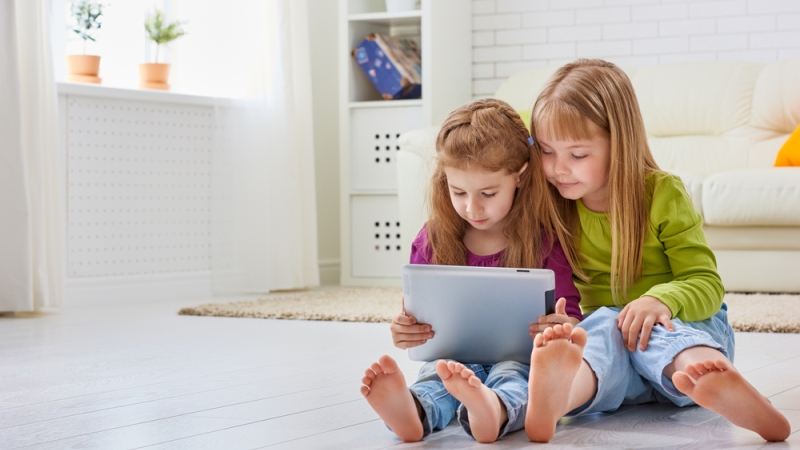
While you still shouldn’t park your kindergartner in front of an iPad all day, the American Academy of Pediatrics is doing away with its previous recommendation of no more than two hours of screen time a day.
Back in July, MeriTalk reported on AAP’s guidelines for screen time for children, as well as the upcoming release of new guidelines. Well, the new guidelines are here and they are a big departure from previous recommendations.
The AAP’s new policy statement specifically focuses on children ages 5-18 and highlights benefits and concerns regarding exposure to media. With the rise in ed tech–both inside the classroom and at home–it’s no surprise that the AAP is warming up to the idea of screen time.
In decades past, screen time meant sitting in front of cartoons, violent movies, or staring into a Game Boy. This was especially concerning because there was little to no emphasis on making children’s content educational. However, these days, there is content specifically created to be educational, and even more entertainment-based content is putting a greater emphasis on having some educational value.
In terms of benefits, the policy statement highlights exposure to new ideas and knowledge acquisition, increased opportunities for social contact and support, and new opportunities to access health-promotion messages and information.
Risks mentioned in the policy statement are negative health effects on weight and sleep; exposure to inaccurate, inappropriate, or unsafe content and contacts; and compromised privacy and confidentiality.
The AAP cautions parents that they must monitor their children’s media use, as well as their own use in serving as role models for their children. The academy also explains that current evidence toward healthy media use doesn’t support a one-size-fits-all approach, which arguably is what previous AAP guidance provided. The academy recommends that parents collaborate with their pediatricians to develop a Family Media Use Plan that takes into consideration the child’s development to individualize an appropriate balance for media time and consistent rules about media use, to mentor their child, to set boundaries for accessing content and displaying personal information, and to implement open family communication about media.
The AAP lays out further guidelines for pediatricians, families, and government officials and researchers.
Pediatricians
- Work with families and schools to promote understanding of the benefits and risks of media.
- Promote adherence to guidelines for adequate physical activity and sleep via a Family Media Use Plan.
- Advocate for and promote information and training in media literacy.
- Be aware of tools to screen for sexting, cyberbullying, problematic Internet use, and Internet gaming disorder.
Families
- Develop, consistently follow, and routinely revisit a Family Media Use plan.
- Address what type of and how much media are used and what media behaviors are appropriate for each child or teenager, and for parents. Place consistent limits on hours per day of media use as well as types of media used.
- Promote that children and adolescents get the recommended amount of daily physical activity (1 hour) and adequate sleep (8-12 hours, depending on age).
- Recommend that children not sleep with devices in their bedrooms, including TVs, computers, and smartphones. Avoid exposure to devices or screens for 1 hour before bedtime.
- Discourage entertainment media while doing homework.
- Designate media-free times together (e.g., family dinner) and media-free locations (e.g., bedrooms) in homes. Promote activities that are likely to facilitate development and health, including positive parenting activities, such as reading, teaching, talking, and playing together.
- Communicate guidelines to other caregivers, such as babysitters or grandparents, so that media rules are followed consistently.
- Engage in selecting and co-viewing media with your child, through which your child can use media to learn and be creative, and share these experiences with your family and your community.
- Have ongoing communication with children about online citizenship and safety, including treating others with respect online and offline, avoiding cyberbullying and sexting, being wary of online solicitation, and avoiding communications that can compromise personal privacy and safety.
- Actively develop a network of trusted adults (e.g., aunts, uncles, coaches, etc.) who can engage with children through social media and to whom children can turn when they encounter challenges.
Researchers, Governmental Organizations, and Industry
- Continue research into the risks and benefits of media.
- Prioritize longitudinal and robust study designs, including new methodologies for understanding media exposure and use.
- Prioritize interventions including reducing harmful media use and preventing and addressing harmful media experiences.
- Inform educators and legislators about research findings so they can develop updated guidelines for safe and productive media use.
